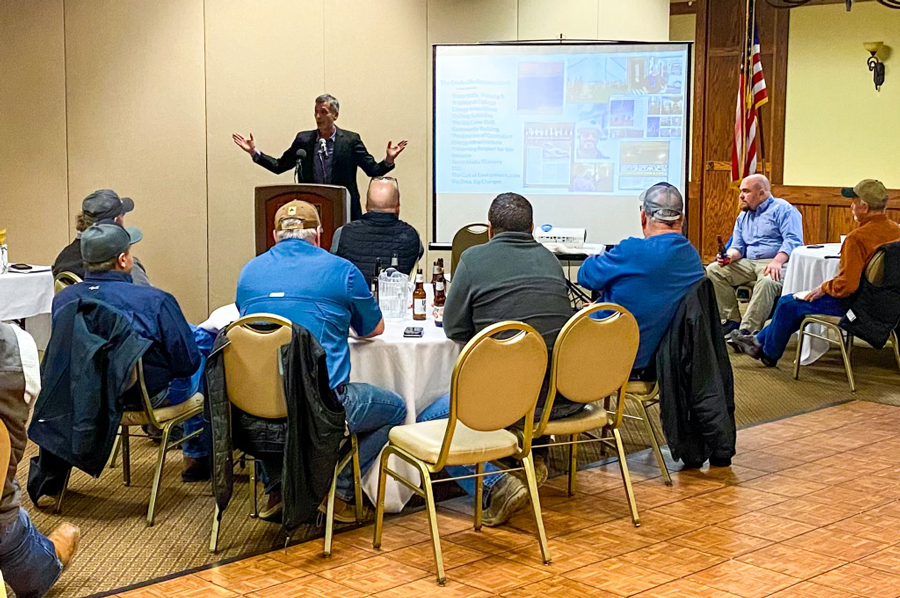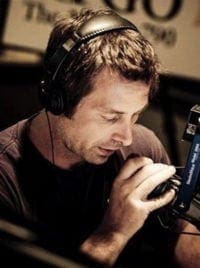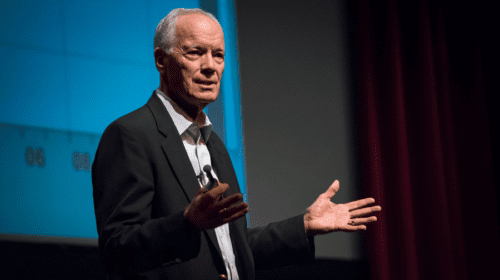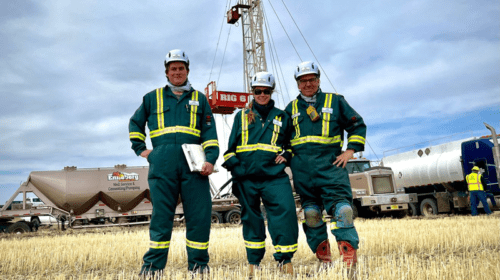I spent the majority of the holiday season talking to random people at holiday parties and discovered that the average person knows nothing about ESG – let alone what actually turns on their lights. In fact, most of the people I spoke with believe wind is what currently powers most cities and states these days.
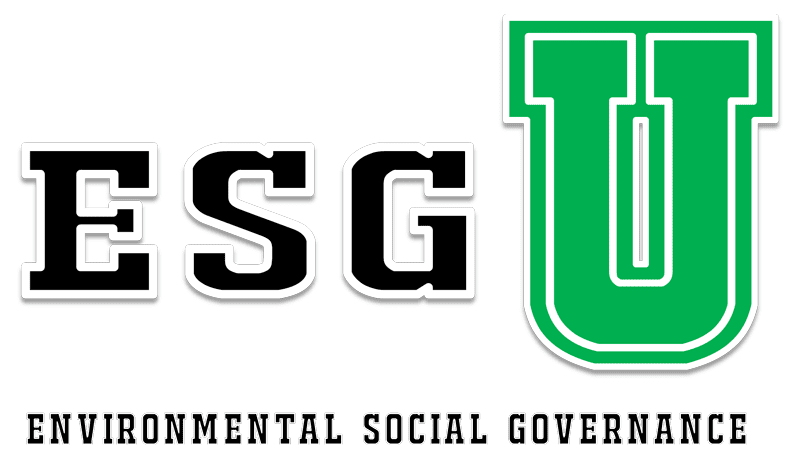 Fossil fuel workers are living in the days when the grocery store has replaced the farmer, except this metaphorical and symbolic replacement comes with a disintegrating public image and loss of connection with the end user.
Fossil fuel workers are living in the days when the grocery store has replaced the farmer, except this metaphorical and symbolic replacement comes with a disintegrating public image and loss of connection with the end user.
Right now, the ESG Economy is on the one-yard line with 99 yards to go; however, it’s only in the first quarter and the referees have yet to announce the rules or bring the ball onto the field. Meanwhile, the game has already started because companies, countries and economies are being impacted now.
That’s the reality of where we are. The average person has no idea what the E stands for, let alone the S or the G. However, those of us in the industry are well aware of what the acronyms stand for.
Environmental criteria considers how a company performs as a steward of nature and its demonstrations of industrial integrity.
Social criteria examines how it manages relationships with employees, suppliers, customers and the communities where it operates.
Governance deals with a company’s leadership, executive pay, government contract, third-party audits, government affairs, internal controls and shareholder rights.
If we are to go beyond the buzzwords and dive into ESG, you can really start almost anywhere. Pick a topic from almost any slice of life or business and it will be applicable to ESG. However, since I used the word “dive,” let’s start with water, which is a huge component of ESG. From recycled water to how you access your water to how much is consumed, there are many angles and facets with water and ESG.
For example, how much water does your company use per month? Per year? That’s one of the new metrics that companies with ESG investment will have to disclose. This entry level of disclosure opens a slippery slope of transparency.
However, in this example, the intention is to have a complete understanding or perspective behind your water usage. Where are all the places you use water? Outside of the bathroom and break room, do you use water? Do you have a landscaped area? Do you use bottled water or reusable water? Are you recycling your own water? Do you wash your own vehicles?
Having this type of tangible data can be positive for your organization. In this example, disclosing or recording your water usage and consumption can help shareholders and financial institutions understand how you are using this natural resource.
A very basic example to help understand the specifics of ESG is the watering of plants. If a company had invested in an automated water irrigation drip system a decade ago, the ten-year body of work would show a significant savings in time, money and resources.
Drip line irrigation for your plants can save time and money exponentially. Here are a couple of ways a simple change in intention can lead to accepting innovation and turning it into long-term savings.
- Prevent disease by minimizing water contact with the leaves, stems and fruit of plants. This saves time, money and helps manage first impressions. The reality is, most flowers are planted for image and decoration, which become a cost center with intangible public relations for your organization.
- Drip line irrigation allows the rows between plants to remain dry, improving access and reducing weed growth. Again, this has an impact on time, money and image.
- The system saves time, money and water because it is automatic and reduces water consumption by 60 to 80 percent.
- There are even social and civic benefits, like reducing the leaching of water and nutrients below the root zone, while massively reducing water consumption on uneven ground.
This hyper-niche example is more of a thought exercise to apply in other areas of your company. The savings on labor and water can be remarkable, but the environmental action and acceptance of innovation are the real takeaways in this ESG example.
Then there are the intangibles: Carbon free and carbon zero are acceptable buzzwords for carbon conversations, but really not very applicable to water.
This natural resource is not fungible and has cultural and spiritual attributes. These are so significant that some cultures will protest to protect their water beliefs; not to mention the science and next level complexity of time, spatial and quality dimensions.
A ton of carbon is a ton of carbon anywhere in the world. Although carbon is considered the “building block of life,” it’s being presented as the modern-day boogie man, while ESG is a nightlight for carbon management.
There is a clock ticking for energy company executives, regulators and public officials who do not understand the reality behind ESG. Currently, it is primarily public and private companies with institutional investors who are on the frontline of the ESG change being implemented.
As 2022 progresses, wasting natural resources isn’t the only thing under the microscope; it’s how leadership is spending stakeholders’ money.
Jason Spiess is a multimedia journalist, entrepreneur and content consultant. Spiess has over 25 years of media experience in broadcasting, journalism, reporting and principal ownership in media companies. (Over 30 years experience if you count his adolescent years as a newspaper delivery boy learning the importance and logistics of daily distribution and monthly door-to-door bill collecting.) Spiess has worked in the areas of oil and gas, UAS and precision agriculture, health care, cannabis, agriculture, real estate, government affairs and economic development. Spiess is the host of two radio programs, Building the Bakken and Coffee & Capitalism, and three specialty programs, MonDak OilField Review, Corporate Ink and UnStuck, that carry a radio network that spans five states and two countries. Spiess is a North Dakota native and graduated from North Dakota State University.
Oil and gas operations are commonly found in remote locations far from company headquarters. Now, it's possible to monitor pump operations, collate and analyze seismic data, and track employees around the world from almost anywhere. Whether employees are in the office or in the field, the internet and related applications enable a greater multidirectional flow of information – and control – than ever before.

